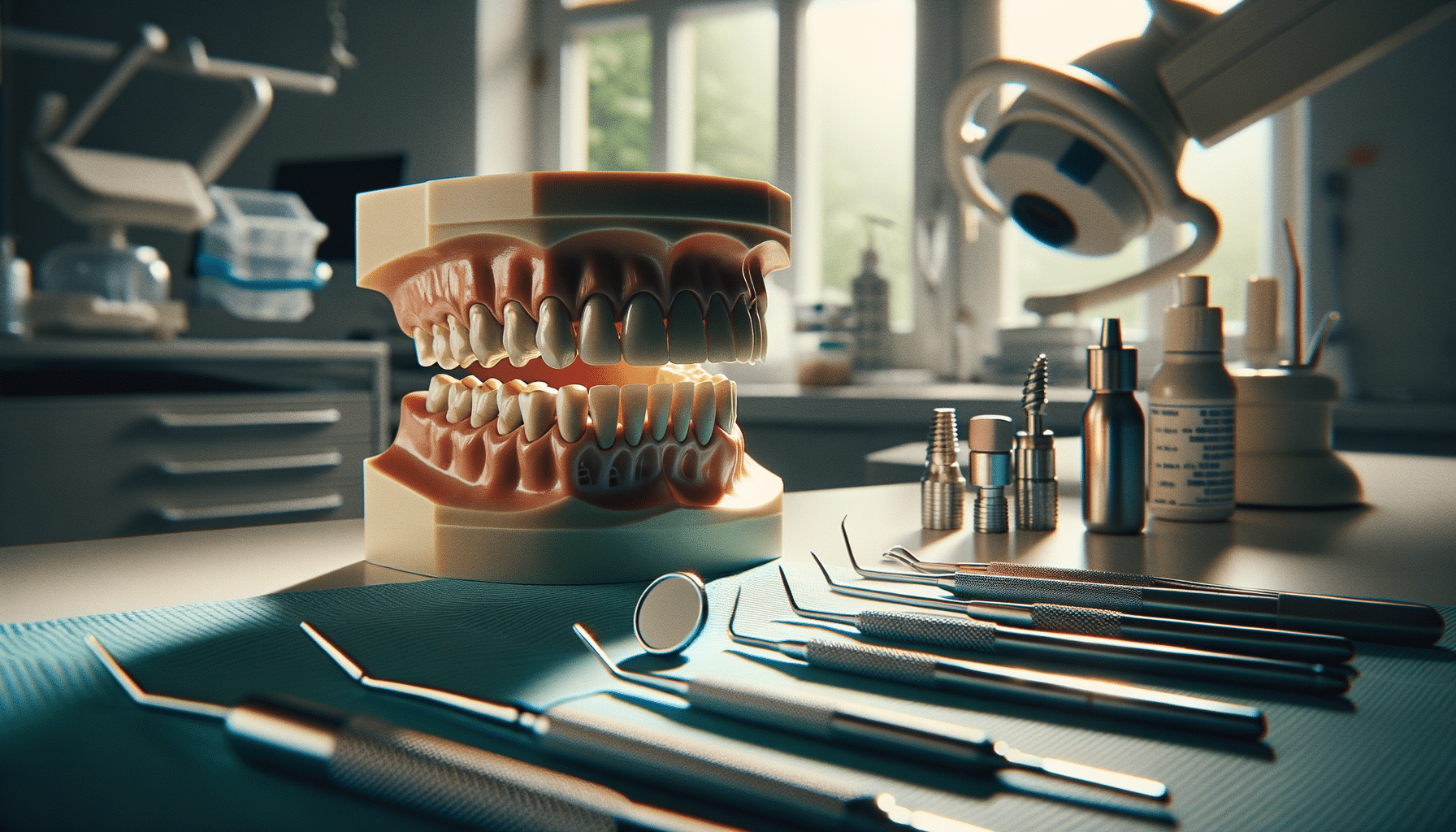
Natural Looking Dental Implants: A Comprehensive Guide
Introduction to Dental Implants
Dental implants have become a popular solution for those seeking to restore their smile with a natural appearance. They offer a durable and aesthetically pleasing option for replacing missing teeth, enhancing both functionality and confidence. Understanding the importance of dental implants goes beyond their cosmetic appeal. They play a crucial role in maintaining oral health by preventing jawbone deterioration and supporting facial structure.
In this article, we will delve into the various aspects of dental implants, including their benefits, the process of getting them, and how they compare to other dental restoration options. With advancements in dental technology, achieving a natural look with implants is more attainable than ever before.
The Benefits of Dental Implants
Dental implants offer a myriad of benefits that make them a preferred choice for many individuals. One of the primary advantages is their ability to mimic the look and feel of natural teeth. This is achieved through the use of materials like titanium, which integrates seamlessly with the jawbone, providing a stable and secure foundation for the prosthetic tooth.
Some key benefits of dental implants include:
- Durability: With proper care, implants can last a lifetime, making them a cost-effective long-term solution.
- Improved Oral Health: Unlike traditional bridges, implants do not require the alteration of adjacent teeth, preserving natural tooth structure.
- Enhanced Comfort and Functionality: Implants are designed to function like natural teeth, allowing for normal eating and speaking without discomfort.
- Boosted Confidence: The natural appearance of implants can significantly improve self-esteem and social interactions.
These benefits illustrate why dental implants are often considered one of the top options for tooth replacement.
The Process of Getting Dental Implants
The journey to obtaining dental implants involves several steps, each crucial to ensuring a successful outcome. Initially, a thorough dental examination is conducted to assess the patient’s oral health and determine the suitability of implants. This may involve X-rays or 3D imaging to evaluate the jawbone’s condition.
Once deemed suitable, the next step is the surgical placement of the implant into the jawbone. This process requires precision and expertise, as the implant must be positioned correctly to support the prosthetic tooth securely. After placement, a healing period follows, allowing the implant to integrate with the bone in a process known as osseointegration.
After the healing period, an abutment is attached to the implant, serving as a connector for the prosthetic tooth. Finally, a custom-made crown is affixed, completing the restoration. The entire process can take several months, but the result is a natural-looking, functional replacement tooth that blends seamlessly with existing teeth.
Comparing Dental Implants to Other Restoration Options
When considering tooth replacement options, it’s essential to compare dental implants to alternatives like dentures and bridges. Each option has its merits, but dental implants often stand out due to their long-term benefits and natural appearance.
Dentures: While dentures are a less invasive and more affordable option, they can be uncomfortable and require regular maintenance. They may also slip or cause irritation, affecting speech and eating.
Bridges: Bridges offer a fixed solution, but they rely on adjacent teeth for support, which may compromise healthy tooth structure. Additionally, bridges may not provide the same level of stability as implants.
In contrast, dental implants provide a standalone solution that does not affect surrounding teeth and offers a permanent, stable replacement that closely resembles natural teeth. This makes them a highly regarded choice for those seeking a lasting and natural-looking restoration.
Maintaining Your Dental Implants
Once you have dental implants, maintaining them is crucial to ensuring their longevity and continued natural appearance. Proper oral hygiene is essential, just as it is with natural teeth. This includes regular brushing, flossing, and dental check-ups to monitor the health of the implants and surrounding tissues.
It’s also important to avoid habits that can damage the implants, such as chewing on hard objects or using teeth as tools. Smoking and excessive alcohol consumption can also negatively impact the success of implants, so moderation is advised.
Regular visits to your dentist for professional cleanings and assessments will help in detecting any potential issues early, ensuring that your implants remain in optimal condition. With the right care, dental implants can provide a lifetime of natural-looking smiles.
Conclusion: Embracing a Natural Smile
Dental implants offer an exceptional solution for those seeking to restore their smile with a natural appearance. Their numerous benefits, from enhancing oral health to boosting self-confidence, make them a highly regarded choice in dental restoration. By understanding the process and committing to proper maintenance, anyone can enjoy the lasting benefits of dental implants.
If you’re considering dental implants, consult with a dental professional to explore how they can transform your smile and improve your quality of life. With the right approach, embracing a natural smile is within reach.


